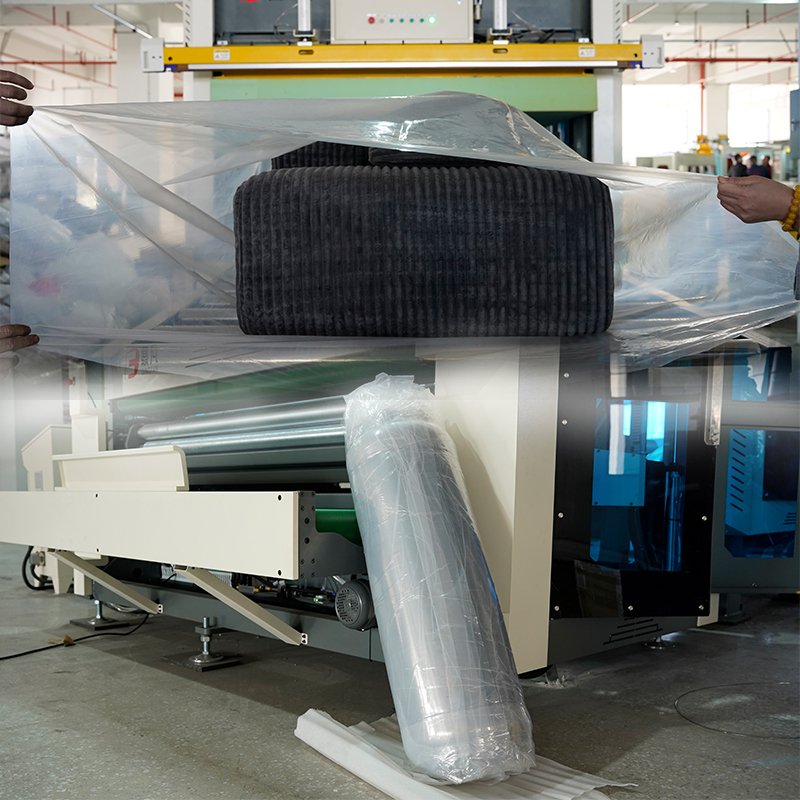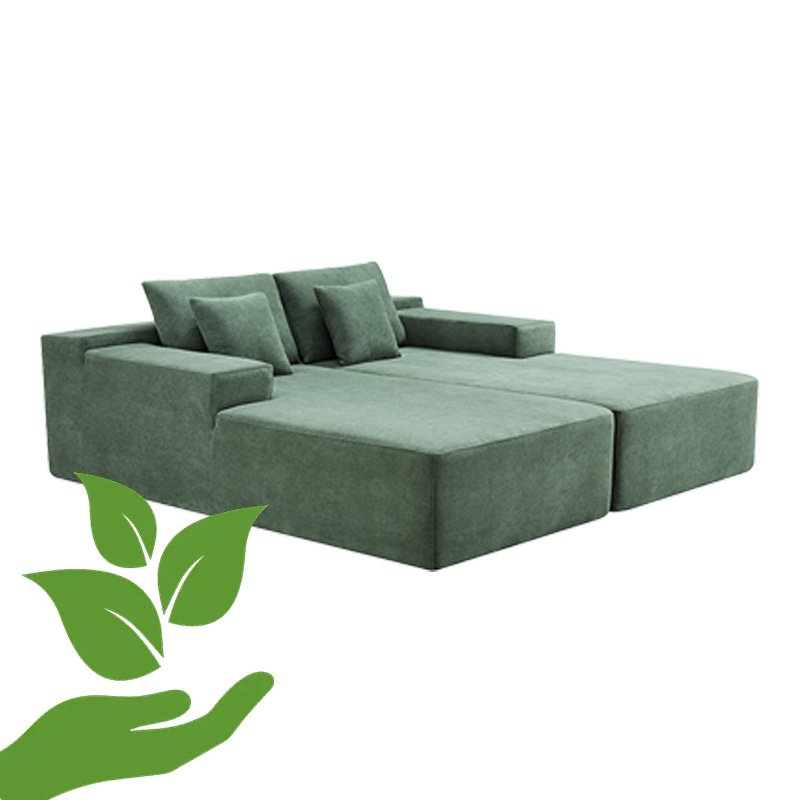
The compression process has revolutionized the sofa manufacturing industry by enabling cost-effective, space-saving, and efficient shipping solutions. But what steps are involved in this process?
The compression process in sofa manufacturing involves reducing the sofa’s size through wrapping, vacuum sealing, and compressing with specialized machinery, while ensuring its integrity and functionality.
This process is essential for manufacturers and retailers looking to optimize logistics, minimize costs, and meet modern consumer demands. Let’s break it down step by step.
Why Is the Compression Process Necessary in Sofa Manufacturing?

Without compression, sofas are bulky and difficult to store or transport, increasing costs significantly. For modern businesses, this is unsustainable.
The compression process reduces the size of sofas, saving up to 70% in space, lowering shipping costs, and making global distribution more efficient.
This innovation helps manufacturers maximize container loads, reduce emissions, and improve profitability.
Challenges Without Compression
Uncompressed sofas present logistical challenges, including higher storage requirements, increased transportation costs, and environmental impact. Compression provides a solution by making sofa production and shipping more efficient.
Benefits of Compression
| Benefit | Description |
|---|---|
| Cost Efficiency | Reduced storage and shipping expenses |
| Increased Capacity | Up to 2-3 times more sofas per shipment |
| Eco-Friendliness | Lower carbon emissions from fewer shipments |
How Are Sofas Prepared for Compression?

Proper preparation is critical to ensure sofas remain undamaged during compression and unpacking. Manufacturers follow strict protocols to protect product quality.
Sofa preparation involves cleaning, disassembly (if needed), applying protective layers, and ensuring a proper seal for compression.
Careful attention a